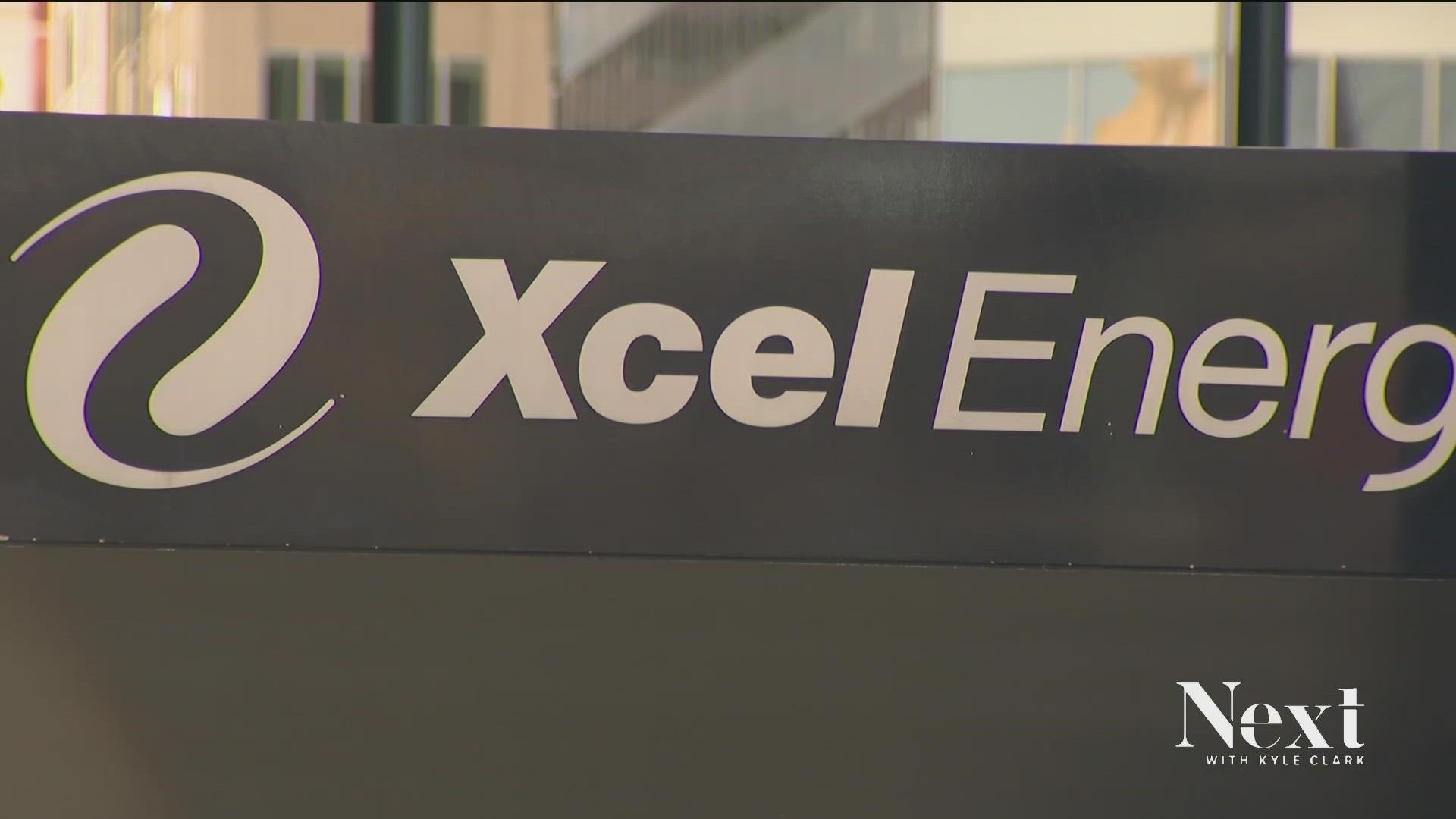DENVER — Xcel Energy does not make a profit on the natural gas you use at home.
Executives keep repeating that.
The cost of fuel is passed on dollar-for-dollar.
Some keen viewers have asked us “Where DOES Xcel make a profit?”
Here is the answer provided by Xcel media relations.
It’s important for our customers to have a financially healthy energy company. We are a capital-intensive industry and our investments in infrastructure are critical to our ability to provide safe, reliable and clean service for our customers.
These investments are in the power plants, solar and wind facilities, transmission and distribution lines as well as natural gas pipelines that support our customers’ daily energy needs.
We profit on this invested capital at a rate that is much lower than the average returns in other industries. Over the long term these investments enable us to reduce costs to our customers and communities, lower emissions and create a cleaner, greener economy in the areas we serve.
We’re able to build, maintain and enhance this energy system with the profits we earn, and a financially healthy energy company is critical to attracting investors.
To your question, shareholders have invested approximately $10 billion to finance our Colorado investments and we offer a reasonable return on that investment. In 2022, investors earned about 8.23% return on their investments in our Colorado operations – as mentioned – significantly lower than the average 16% return across all industries.
Customer bills reflect the cost of providing service to them. This includes ongoing operating expenses such as fuel/natural gas, labor, equipment and maintenance. As you know, we pass our natural gas expense through to customers without markup or profit.
The entire process is transparent. Everything we do is subject to oversight by the Colorado Public Utilities Commission and the public – customers and stakeholders – have a say in it. As always, we welcome the public engagement.
OK, so what does that mean?
“They’re just saying ‘we make investments that the state Public Utilities Commission (PUC) approves, those investments have an approved rate of return that we’re allowed to profit on, and we just follow that,’” said Ian Lange, Director of Mineral and Energy Economics at the Colorado School of Mines.
That explains the “we profit on this invested capital” line, referring to the paragraph earlier about “power plants, solar and wind facilities, transmission and distribution lines as well as natural gas pipelines.”
“They’ll spend something like $10 million to build a solar facility. The PUC allows them to earn a rate of return above that $10 million,” Lange said.
As mentioned in the response from Xcel, the company reports an 8.23% return on equity last year. As a company, Xcel made 10.76%, but the amount earned in Colorado was the lowest among the eight states it services.
“They could invest in a lot of other things. They could invest in Tesla stock. They could go invest in U.S. Treasury Bonds,” Lange said. “They could just say, ‘oh, I’m going to buy some stock.’ And that could be 30% [return] or that could be -5% [return].”
Through PUC approvals, Xcel is guaranteed a rate of return. When the PUC approves rate increases, it includes a profit for Xcel.
“They’re only allowed to get profits on things they build,” Lange said. “They really want to build stuff. They’ll be saying ‘hey, we need to build all these things.’ And they’re less excited about things that don’t require building.”
“I don’t begrudge a company making profits because that’s what they’re in business for, but they shouldn’t make exorbitant profits from what seems to be more than what other companies do,” Xcel customer Tom said.
Tom lives in Timnath and reached out to NEXT asking about Xcel’s profits.
“From preparing the infrastructure to delivering the gas to buying the product, there is nothing that is coming out of their pocket as far as doing business. It seems to be all profit,” Tom said.
He would like to see Xcel limited in revenue similar to the state and the Taxpayer Bill of Rights (TABOR).
“If they had some kind of a regulation, like a TABOR-style regulation, that would cap the amount of profit and then return the excess back to the consumers that they were charging,” Tom said.
In December, Tom said his Xcel bill was $221.
“My bill did not increase as much as what some of the others have seemed to increase,” Tom said. “It took anywhere from a 30-50% increase over last year.”
Before his January bill arrived, he said he altered how he and his wife kept warm.
“I took extreme measures at the time of the first increase came through. We lowered the thermostat by 3 degrees, and if we’re sitting in our living room reading a book or doing something, we’ll turn on an electric heater, which at this point is cheaper than running the gas, but if they get their increased rates for electric, it could negate that as well,” Tom said.
Xcel has requested an electric rate increase to take effect in September. That is in the early stages of the process in front of the PUC.
By making those changes, Tom said his January bill only went up 32 cents from the month before, to $221.32.
“[The electric heater] warms the room in the local area, and that’s all we’re trying to do. I mean it’s much. much cheaper. I figure it costs maybe 20-25 cents an hour to run the heater as opposed to a dollar-an-hour to run the furnace,” Tom said.
SUGGESTED VIDEOS: Your Xcel bills

